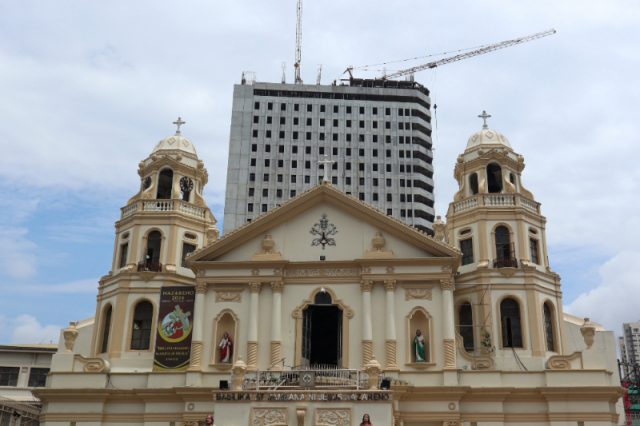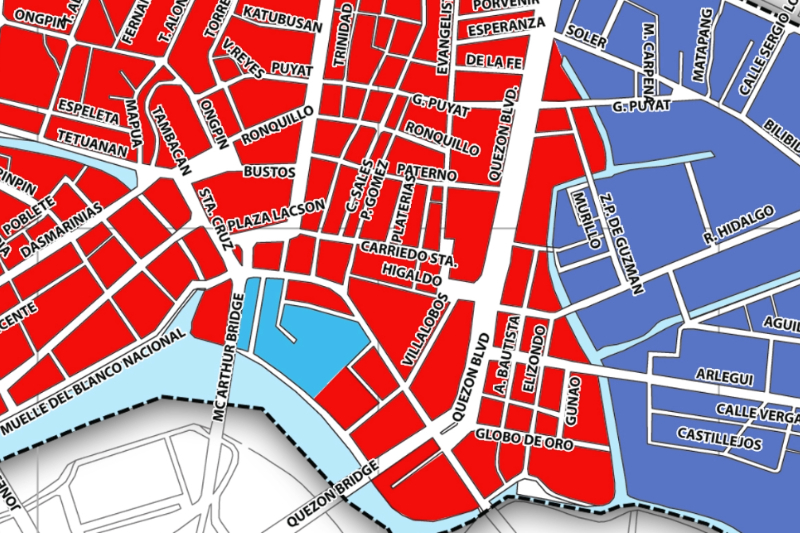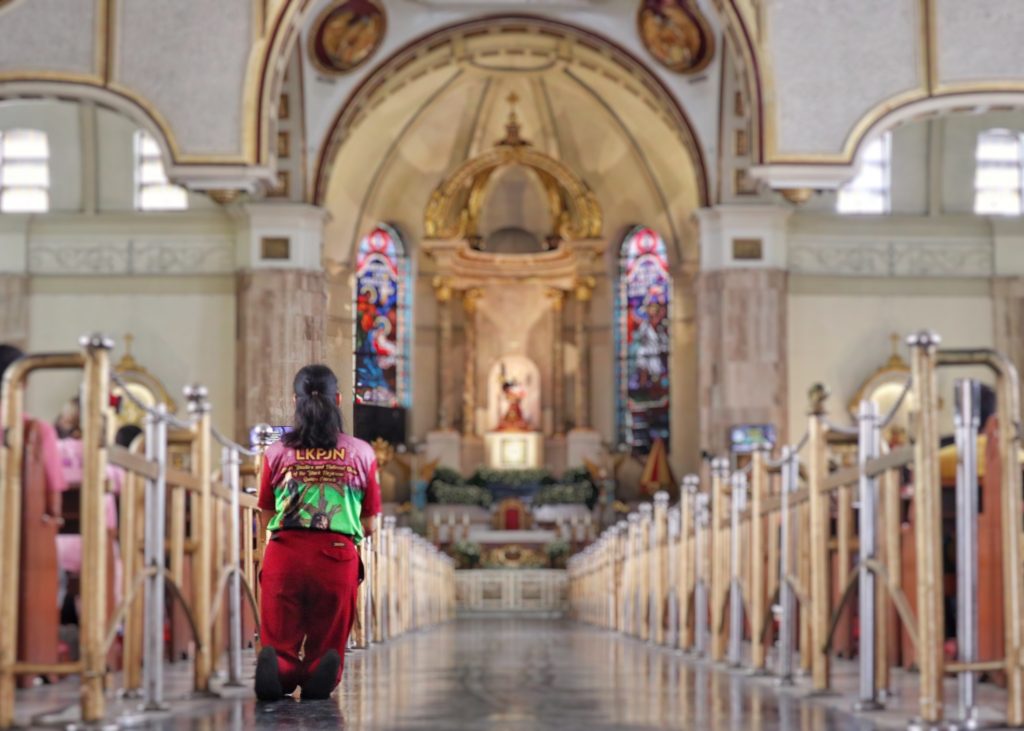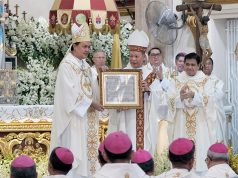
Several social media users criticized the building construction behind the Minor Basilica and National Shrine of Jesus Nazareno, also known as Quiapo Church, lamenting that it blocks the view of the sky behind the historic church.
TikTok user @ralphbergthegreat last September 9 shared a video that showed the facade of Quiapo Church and the construction of the building behind it. The post garnered more than one million views and over 70,000 likes.
While the online users did not identify the building, a tarpaulin outside the enclosed construction site indicated that the building is planned to become a commercial office space.
”Oh no Quiapo Church photobomber,” the TikTok user wrote.
A Redditor also posted a photo of the Church’s facade and labeled the building behind it as the country’s “Photobomber 2.0.”
“Pinoys in power don’t care about preservation, culture and history,” a comment from the Reddit post read.
“Manila’s inability to implement ordinances that protect its historic sites from encroaching modern developments, like skyscrapers, reflects a profound irony… hinahayaan lang nilang babuyin ang identity ng Manila as the country’s historical and cultural center,” another Redditor added.
Similarly in 2014, the building behind the Rizal Monument in Luneta Park, Torre de Manila, also drew flak for being a “photobomber.”
The Order of Knights of Rizal filed a petition in the same year for a temporary restraining order seeking to halt the construction of Torre de Manila for violating the National Cultural Heritage Act of 2009.
The Supreme Court granted the petition in 2015 while the case was ongoing. The high court eventually lifted the restraining order on April 26, 2017, and voted 9-4, ruling that there is no law prohibiting the construction of the building.

Interaksyon has reached out to the administration of Quiapo Church for its reaction to the construction of the building but has not yet received a response. This story will be updated upon its response.
What the LGU policy says
Ordinance No. 8119 or the ordinance adopting the Manila Comprehensive Land Use Plan (CLUP) and zoning regulations of 2006 stated that the country’s capital is divided into six zones.
- General Residential Zone (High-Density Residential)
- Commercial Zone (Medium-Intensity and High-Intensity)
- Industrial Zone (Light Industrial)
- Institutional Zone (General Institutional and University Cluster)
- Public Open Space Zone (General Public Open Space and Cemetery)
- Other Zone (Utility, Water, and Overlay)
Section 27 of the ordinance strictly enforces a 10-meter height limit within the public open space zone for building construction. No other zones require a limit on the building’s height “except those prescribed by the Air Transportation Office and other government regulations.”

The Manila City Planning and Development Office said it has yet to release a new CLUP, which is still subject to validation.
The minor basilica is not in the public open space zone but lies in the city’s third district’s high-intensity commercial/mixed-use zone.
Why Quiapo Church is visited by devotees
Millions of devotees visit Quiapo Church to honor the image of the Black Nazarene. Many believe the image is miraculous.

Every January 9, devotees flock to Quiapo Church to mark the observance of traslacion with the annual procession of the revered Black Nazarene statue. Traslacion is the transfer of the Black Nazarene from Intramuros to its present location in Quiapo in 1787.
This year, a total of 6,113,598 attended the celebration, according to church officials.









